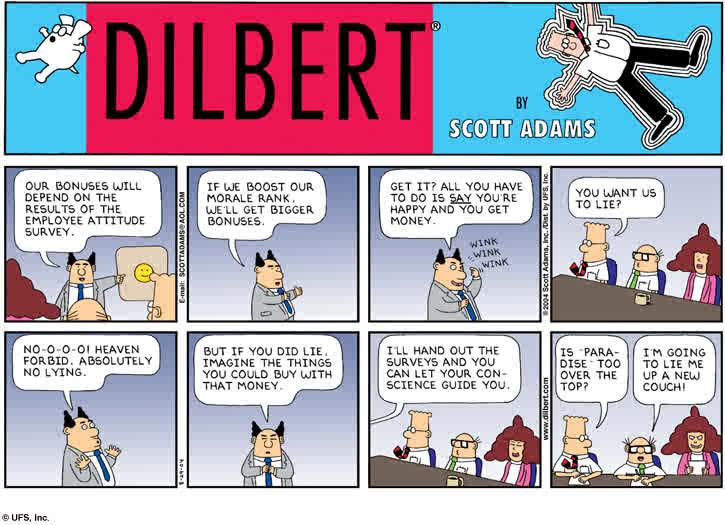If you are considering implementing an employee opinion survey, Insightlink Communications, a company that specializes in employee research, offers the following reasons to proceed:
1. To give employees an opportunity for feedback and identify the issues important to them
In our experience, employees want to be heard. Yes, there will be a few employees who say they don’t have time to complete an employee survey or who say the survey is too long, but the completion rate for employees doing our 4Cs employee survey is 96%. That’s a lot of employees who take it seriously and appreciate having the opportunity to express their opinions.
2. To provide timely and accurate feedback
In order to take action to improve employee satisfaction in your organization, you need to be sure that the action you are planning to take is relevant. You may think you know what is contributing to employee satisfaction but an employee survey can identify the most important drivers of satisfaction for your employees.
3.
To highlight what is viewed positively by employees & areas of concern
At Insightlink, we also encourage you to identify what you do well so you can maintain those strengths.
4. To compare & benchmark your performance against other organizations
You may look at your survey results in isolation and think that your scores are too high or too low. This may lead you to overlook certain areas or concentrate on others. However, when you compare your results with benchmark norms for your industry, you may look at your scores in a different light.
5. To prioritize the action you need to take to improve your organization
We emphasize that there is no value to doing a survey unless you take plan to action on the results but we also recognize that it may seem overwhelming to tackle the issues that may be identified in the survey results. A correlation analysis will help you identify the workplace elements that have a disproportionately positive impact on employee satisfaction within your organization.
6.
To Improve Overall Organizational Performance
There is substantial evidence that highly satisfied and engaged employees lead to more positive outcomes for their organizations, including higher productivity, improved employee retention, greater customer satisfaction and even better financial performance
Insightlink Communications are expert in the design and execution of employee surveys. Let us help you with your next project.
 i
i